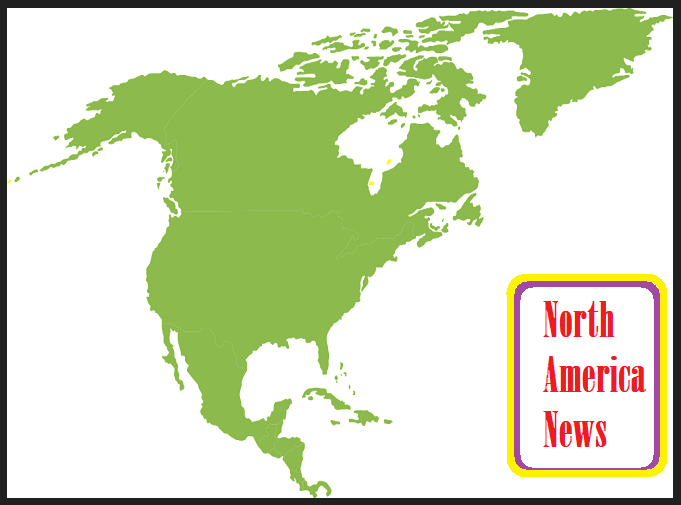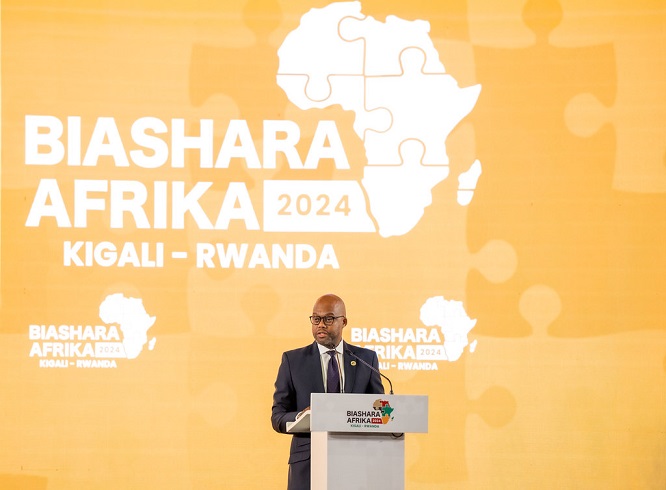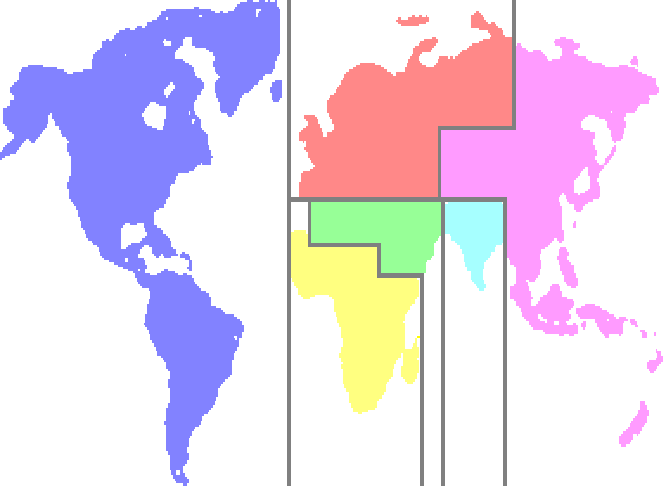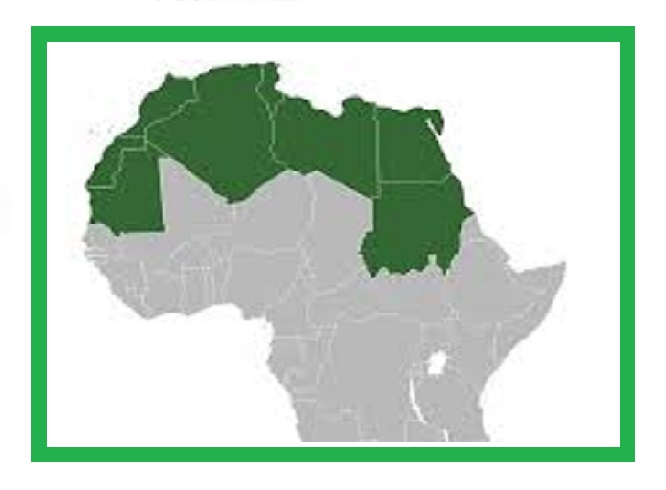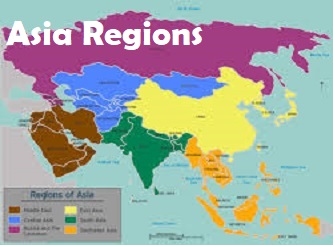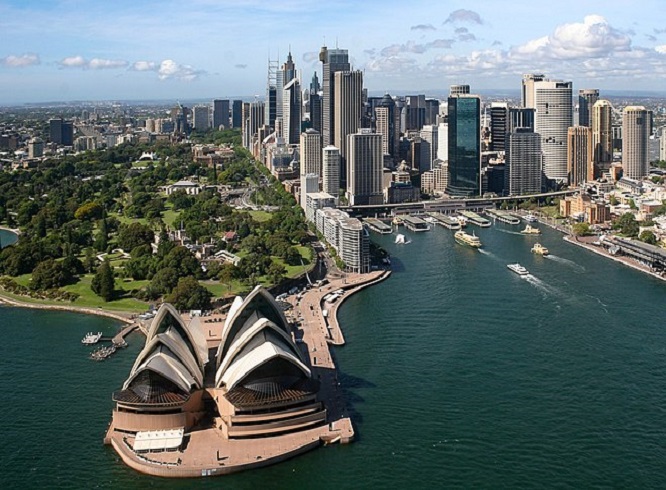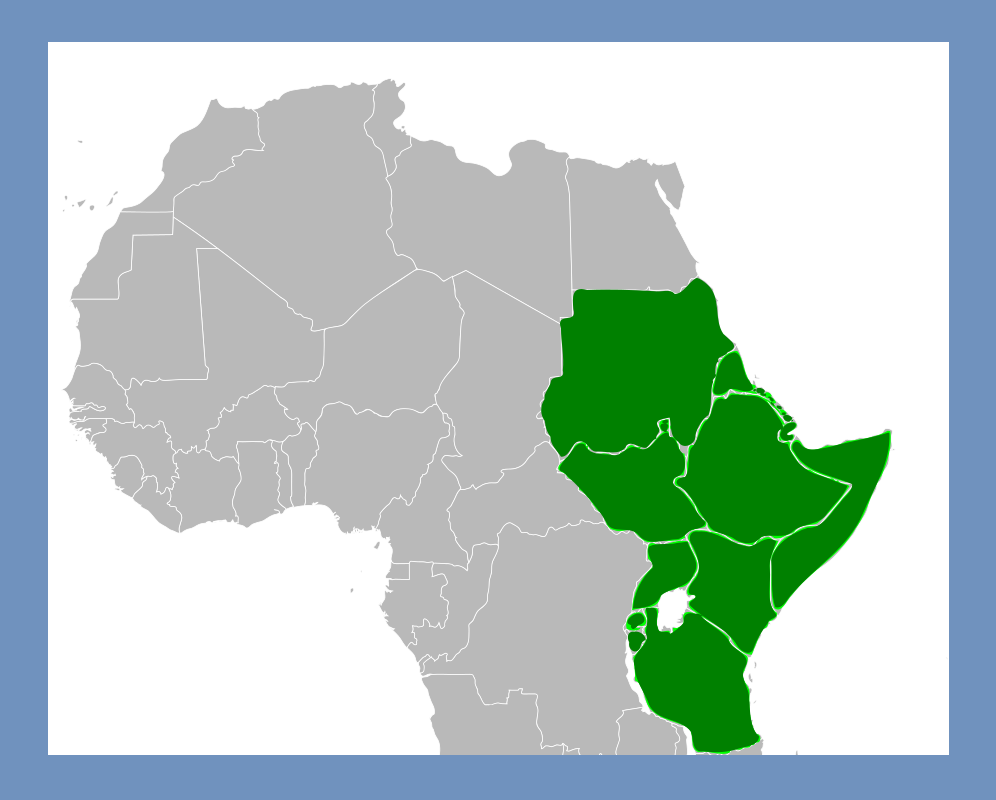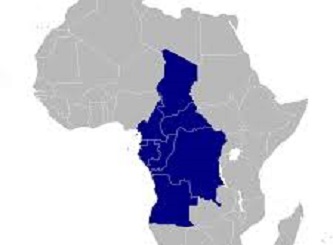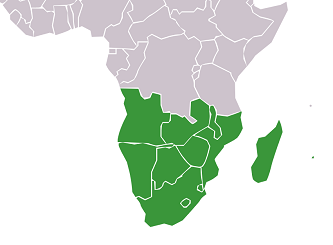Africa’s Resilient Economic Growth Mid-Crisis

Africa’s growth story is turning a positive corner, but how far the benefits will reach all ordinary African citizens is still just on paper. The African Development Bank’s new African Economic Outlook posits the continent’s economy will expand by nearly 4 percent in 2025 and again in 2026. That is a bold step up from 3.3 percent last year, and a signal of resilience at a time when much of the world is slowing down.
The report deems the improved numbers credit to better fiscal policy discipline, debt restructuring in countless states, and the push by governments to attract investment into energy and infrastructure due to current discoveries and changes. Businesses, specifically in technology and services, are also helping lift the view onto a better stage. Inflation, which has damaged households across the continent, is predicted to ease from nearly 18+ percent in 2024 to closer to 12 percent by 2026 if central banks maintain their current positions or improve uon them.
But even with the averages being shown, the effect is uneven and distributed. East Africa, with economies like Ethiopia’s, Rwanda, and Tanzania, is expected to main Africa with growth approaching 6 percent. West Africa could reach around 4 percent, via by new gas fields in Senegal and Niger. North Africa is set to grow just a little over 3 percent, while Central Africa may lose some momentum. Southern Africa continues to struggle, weighed down by South Africa’s economy, which is projected to barely grow at all.
For many people watching it unfold this unevenly, the headline numbers hide deeper concerns. Growth across the continent still falls just short of the 7 percent threshold widely seen as necessary to bring meaningful poverty reduction, to actually contribute evenly. Conflicts in the Sahel, political and economical instability in Sudan, and severe climate situations like floods and droughts are already erasing the existence of these gains in food security and jobs. Fifteen African countries remain trapped in double‑digit inflation, while governments on average are now spending more than a quarter of their revenues just on servicing debt. Which shows that burden has grown sharply in the last five years.
The AfDB’s outlook is showing a positive direction but it leaves little and growing doubt as even with the right direction and path, it is not a race, the steps taken are the true deciders for all of Africa.
[1] 2025 Africa Outlook Summary
[2] World Bank








